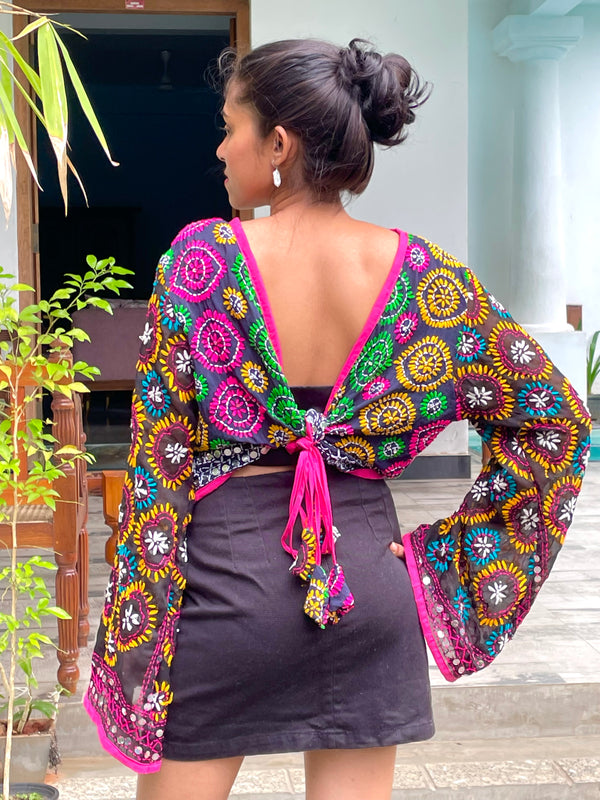DIRE - Hand Beaded Hamer Jewelry- (2 color styles) Erikah & Blaze
Designer: Dire- Hamer Tribe
$ 40.00 USD
Erikah & Blaze
*This item ships from SRI LANKA- Worldwide shipping available.
Introducing our newest addition of collaborative work with indigenous artisans, hand beaded jewelry made from glass beads and recycled plastic bags. Meet Dire, the Hamer Tribe artisan we worked with in South Omo, Turmi, Southern Nations, Nationalities and People's Region, Ethiopia. (Pictured in the fourth photo)
Dire is an indigenous woman of the Hamer tribe whom we met during this adventure. She is a mother, an integral part of her community, and an artist of the tribal jewelry they wear. She makes her own designs to sell at the market to trade with other people but we started a partnership with her in collaborating in new and different designs. These pieces are newly created by Dire with our choice of colors and materials. All beads are made from glass and not plastic, the strands are beaded on braided re-used plastic bags.
Dire takes plastic filaments from a giant industrial plastic bag and beads them in several rows to create a vibrant colorful band. She braids the combining threads and locks the ends with an assortment of the same colored beads. These jewelry bands are mostly used on Hamer men to decorate their arms, legs, ankles, wrists or even heads. Women tend to wear the large beaded chokers and beaded loin cloths made of goat skin. The result is a breathtaking style that they so proudly and comfortably carry. It's easy to understand why they love to adorn themselves in all the color.
Dire lives the simple life, she has her family, access to potable water, freedom from the problems of the outside world and has little to no need for material wealth. However, with our collaborative work she gains a sense of pride for her artistry, she is able to buy more cattle for her family and retain some financial independence for their future.
Fall in love with the Hamer tribe culture and the electric colors used to make these special pieces. These pieces are all newly made for us and you, they are meant to be worn anyway you would like, perhaps as a choker, bracelet, arm band or anklet, it's all up to you!
BLAZE: 19"
KNOW THE ARTISAN STORY-VISIT THE LINK HERE
They’re also responsible for collecting water, doing the cooking and looking after the children-who start helping the family by herding the goats from around the age of 8.
The young men of the village work the crops, defend the herds or go off raiding for livestock from other tribes, while adult men herd the cattle, plough with oxen and raise beehives in acacia trees.








































































